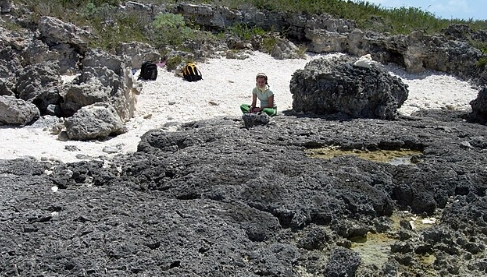Erosional surfaces are essential in understanding the formation and evolution of landscapes. They are key features in the study of geomorphology, which is the science of landforms and the processes that shape them. For UPSC aspirants, having a good grasp of erosional surfaces can help in answering questions related to geography and environmental science in the exam.
What are Erosional Surfaces?
Erosional surfaces are flat or gently sloping landforms that have been shaped by erosion over time. They can be found at various scales, from small-scale features like river terraces to large-scale features like continental shelves. Erosional surfaces are the result of the combined effects of weathering, erosion, and deposition processes operating over long periods of time.
Importance of Erosional Surfaces in Geomorphology
Studying erosional surfaces can provide valuable insights into the geological history of a region. By examining the shape, composition, and distribution of erosional surfaces, geoscientists can piece together the processes that have shaped the landscape over millions of years. This can help in understanding the tectonic, climatic, and environmental factors that have influenced the formation of landforms.
Types of Erosional Surfaces
There are several types of erosional surfaces, each with its own distinct characteristics and formation processes. Some common types include:
1. Dissected plateau: A flat, elevated landform that has been cut into by rivers and other erosional processes, creating a series of valleys and ridges.
2. Coastal cliff: A steep, vertical surface formed by the erosion of coastal rocks by the action of waves and currents.
3. Pediment: A gently sloping erosion surface at the base of a mountain or hill, formed by the downcutting of rivers and streams.
Understanding the Formation of Erosional Surfaces
Erosional surfaces are formed through a combination of processes, including physical and chemical weathering, erosion by wind, water, and ice, and deposition of sediment. These processes act together to shape the landscape over time, creating a variety of erosional features.
Conclusion
Erosional surfaces are key features in the study of geomorphology, providing valuable insights into the processes that shape the Earth’s surface. For UPSC aspirants, having a good understanding of erosional surfaces can help in answering questions related to landforms and landscape evolution in the exam. By exploring erosional surfaces, students can gain a deeper appreciation for the dynamic forces that shape our planet.

